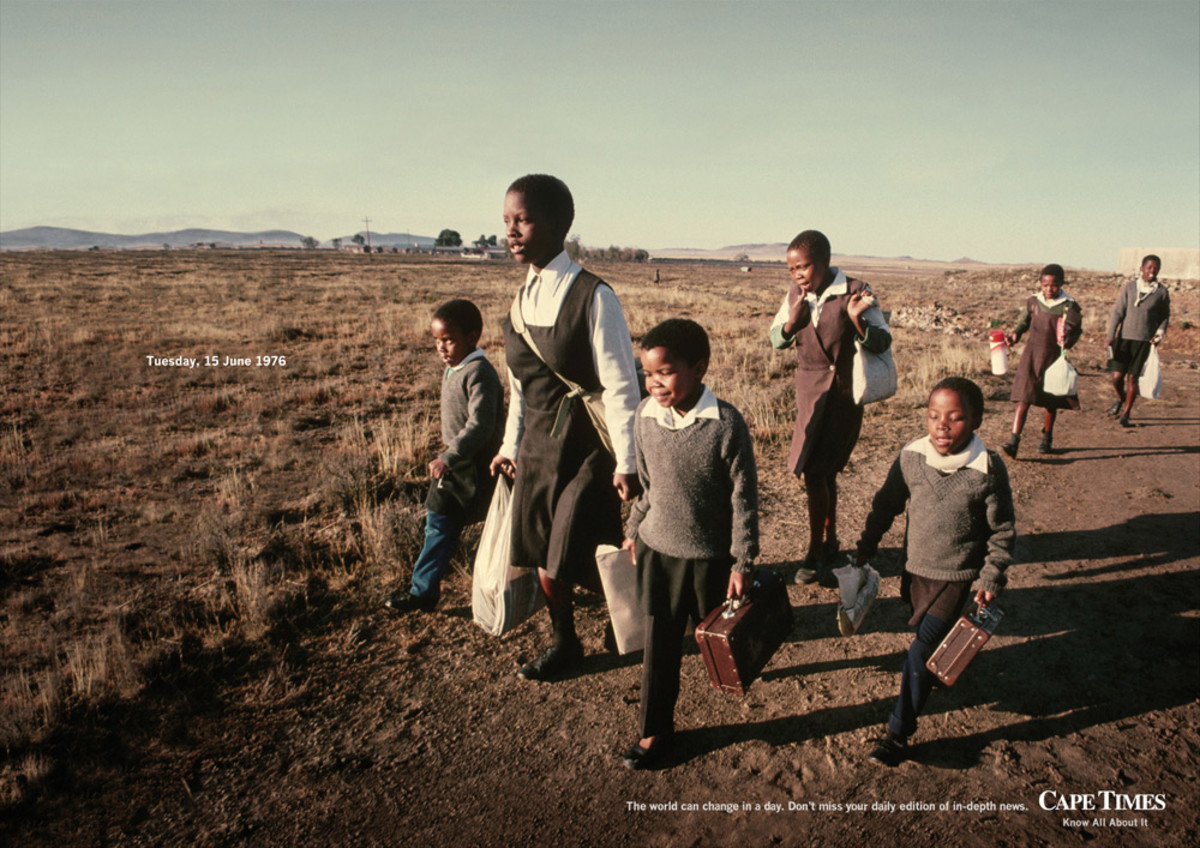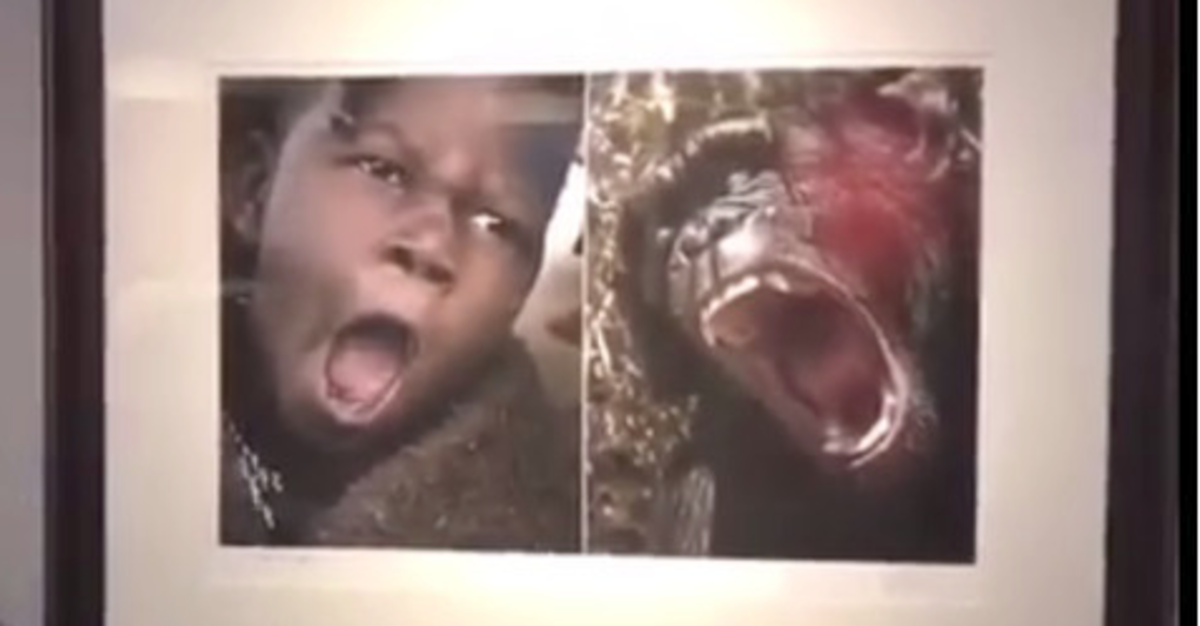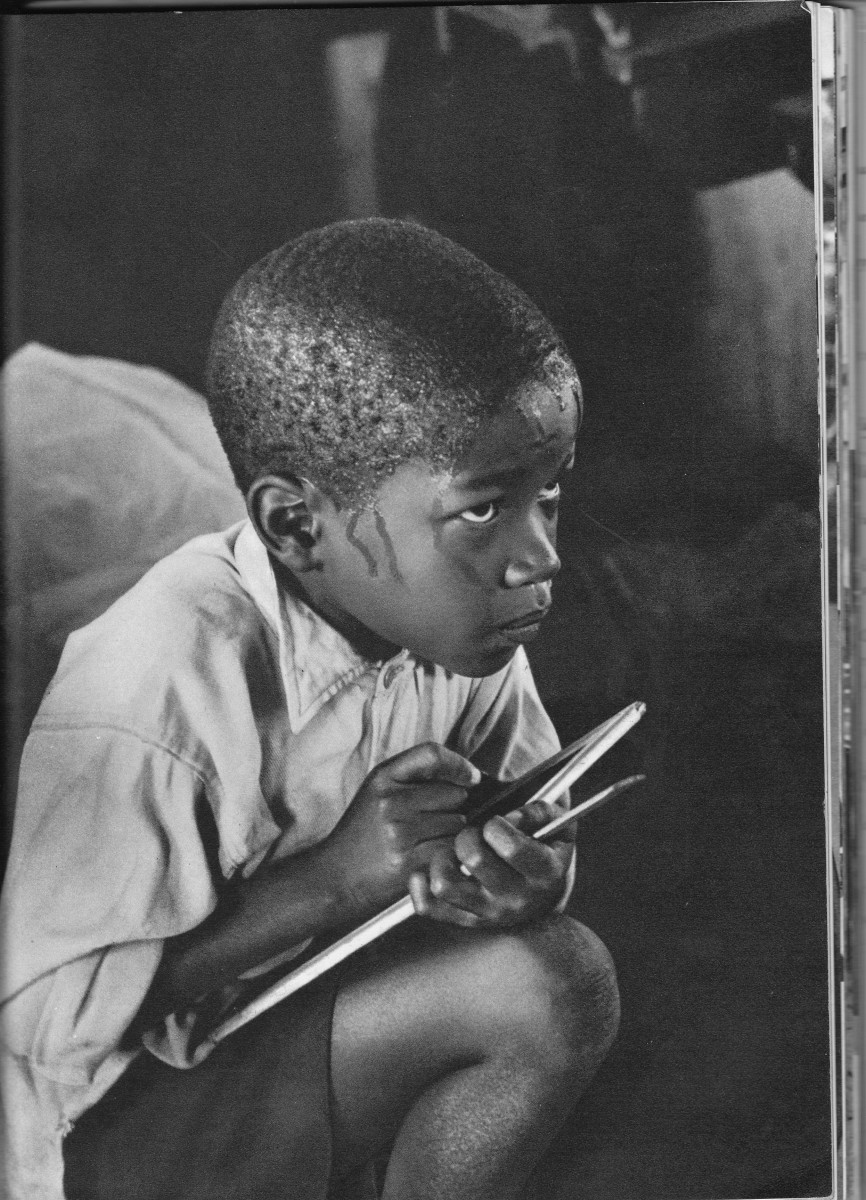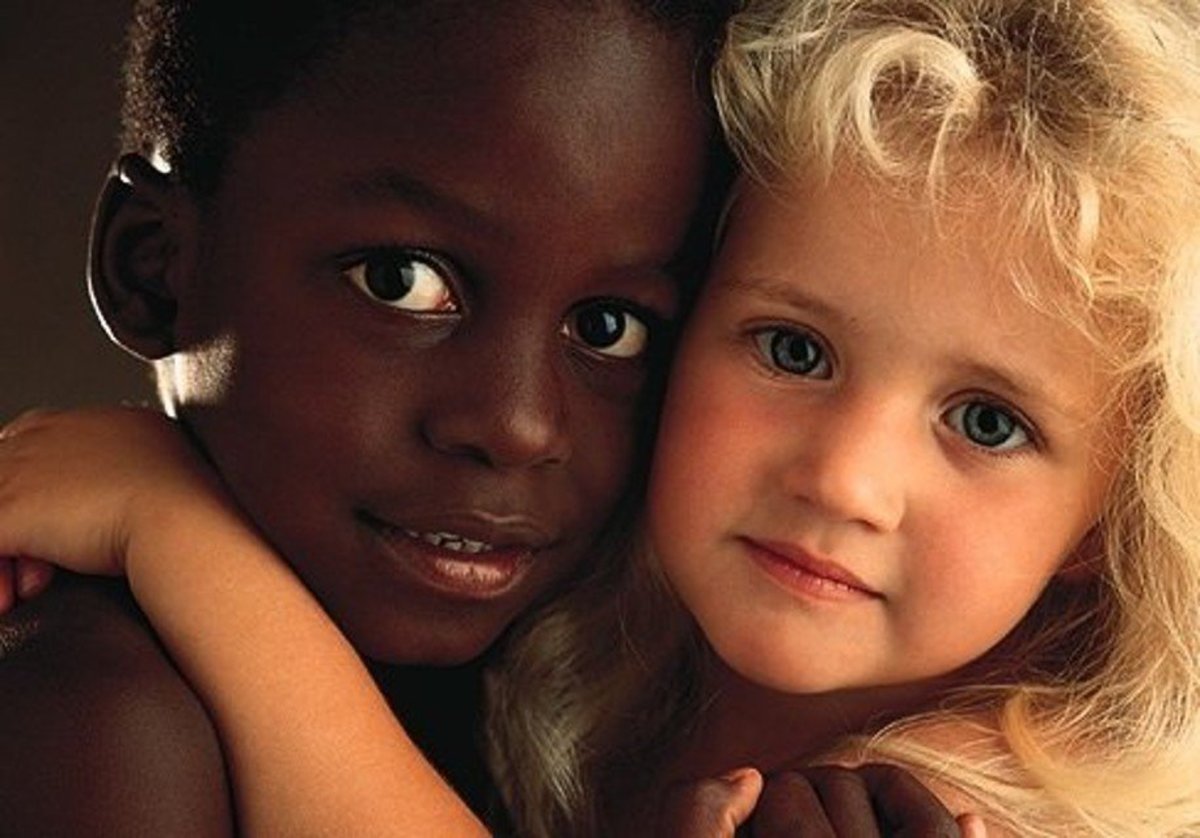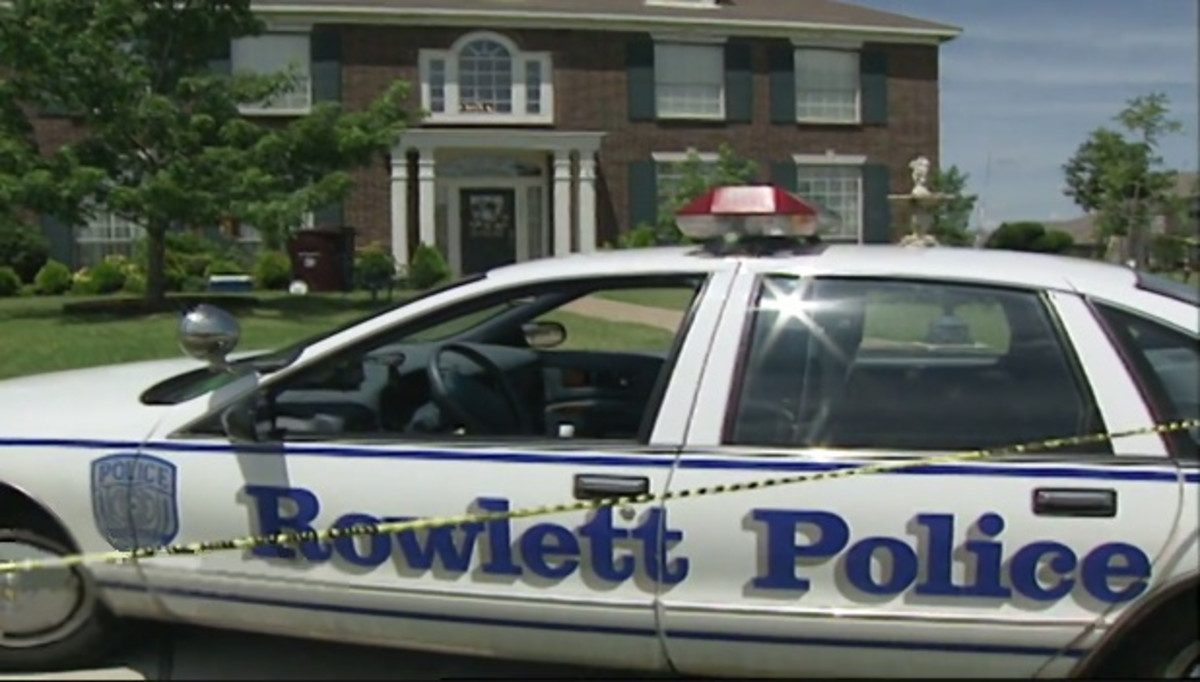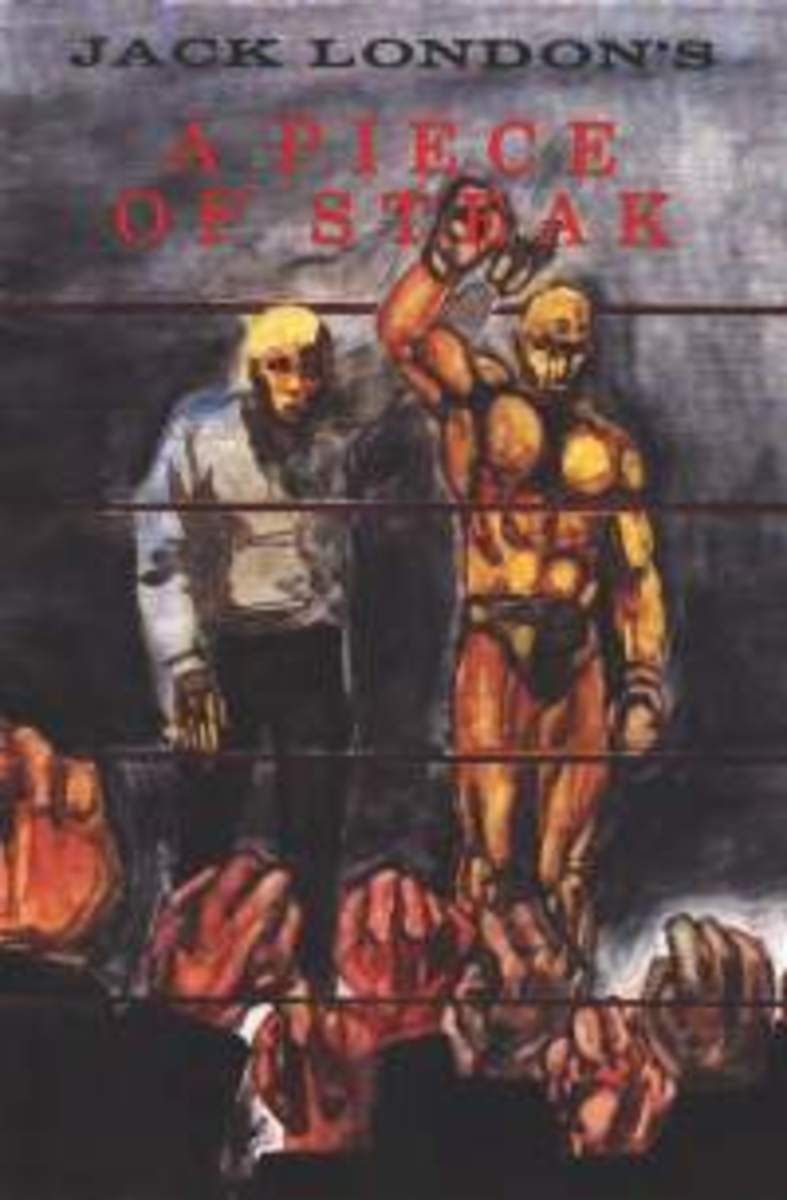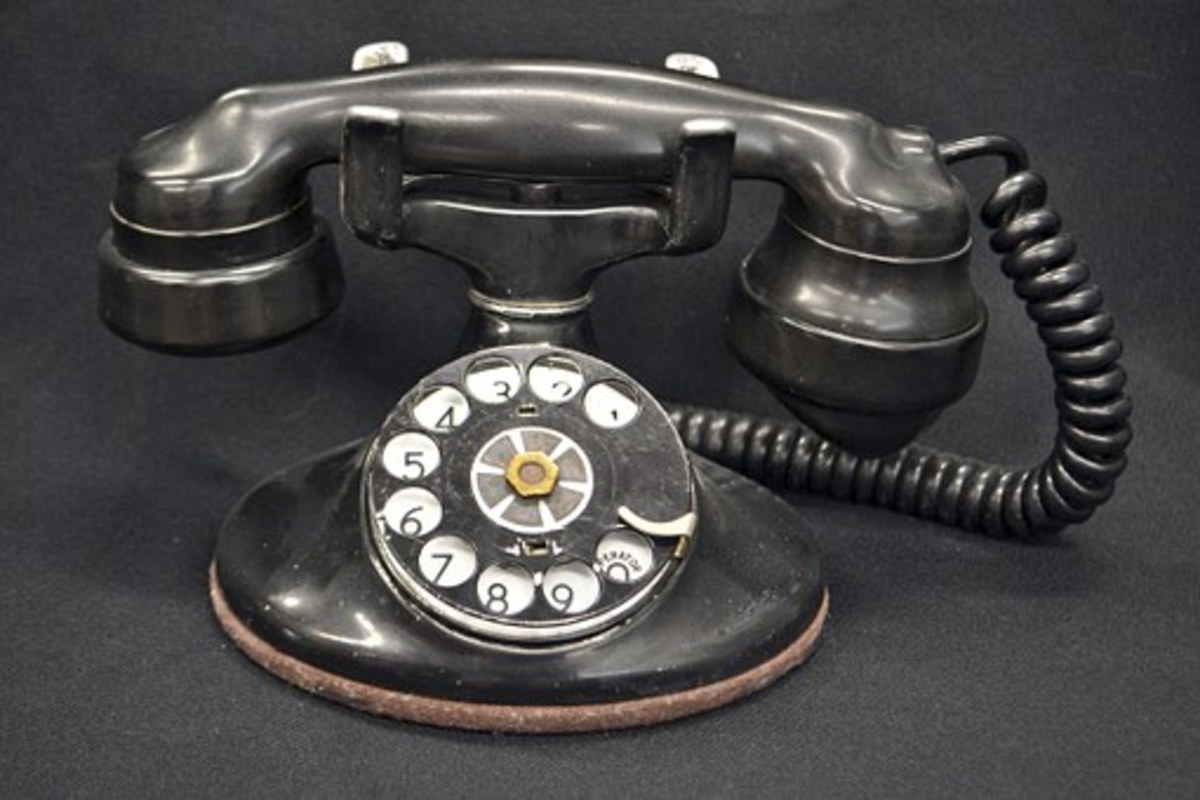Racism, Racial Discrimination, and Reverse Racism in the Deep South
What is racism?
Is racism still alive in the Deep South? Yes, it is. I’ve lived in the Deep South all my life – 53 years. My mother was a public health nurse who made home visits to the poor, many of whom were black. My father owned a grocery store in the black section of town, and about 95% of his customers were African American. When I was married to a farmer/cattleman, we had many black employees. As a public high school teacher, I’ve had thousands of students over the years from all socio-economic and ethnic groups represented in the South. I’ve also interviewed and had many, many discussions with my students, colleagues, and friends about racism. As a result, I feel qualified to discuss the subject of racism – at least here in the Deep South.
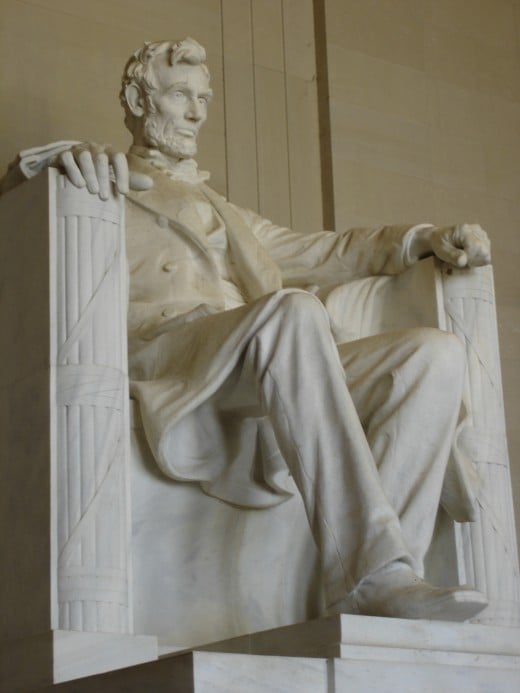
Racism Definition
Before we get started, let’s first discuss the racism definition. Racism is the belief that one race is superior to others. In other words, racism is when someone considers himself to be superior to those of other races, simply because of the color of his skin. In the U.S. racism is more often reserved for African Americans and Hispanics. The racism definition rarely includes Asians.
Deep South
To fully understand this article, you need to know which states constitute the Deep South. The Deep South is a smaller area within the South, as a whole. The U.S. states that are generally considered to be the Deep South include Georgia, South Carolina, Mississippi, Alabama, Louisiana, and Florida. Sometimes sections of Texas, especially the eastern regions, are also considered to be part of the Deep South. It might surprise you to see the state of Florida included in this list. While most of South Florida isn’t part of the Deep South culturally, most of North Florida certainly is.
This brings me to another point. Deep South isn’t so much a geographical region as it is a distinct culture. There’s an old saying that states you can’t go any farther South than Valdosta, Georgia without taking a right and heading west into Alabama. This, of course, refers to the culture, and not to geographical locations. Actually, I’d change Valdosta to the Florida Panhandle, which is often called the “Redneck Riviera” for a reason.
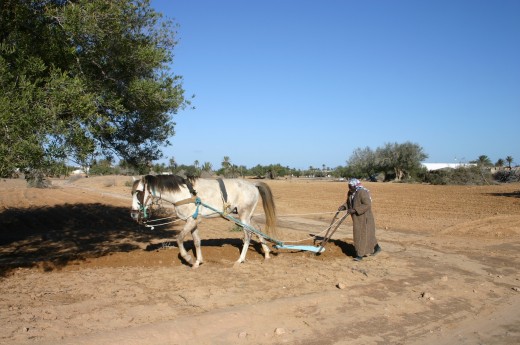
History of Racism
The history of racism in the South began with the importation of black slaves from Africa. Because of the climate, the large plantations were almost exclusive to the South. The first group in what is now the United States to import slaves from Africa were the Spanish, when Africans arrived in 1526 to San Miguel de Gualdape, located in what is now South Carolina.
Slavery was common in the New World, and in the beginning, there were Native Americans and whites who served as slaves, along with blacks. Southern plantation owners, however, noticed that Africans were much more resistant to diseases like smallpox than the Native Americans were, and they were also better at handling the heat and humidity than were the Native Americans and the white slaves. Slaves from Africa became a hot commodity in the South over the next few centuries, and almost 700,000 slaves were brought to what is now the United States.
Of course, the slaves were freed by the Civil War, but what kind of “freedom” did they really have? Almost all of them were uneducated, and they were considered as an inferior race by almost all whites in the South. Usually, the only jobs they could find were as manual laborers, and many wound up becoming tenant farmers – still chiefly dependent on the white landowners. It’s almost as if they’d exchanged one form of slavery for another.
Even as late as the 1960s, blacks were often viewed as inferior in the Deep South. They weren’t allowed to eat in white restaurants or use white restrooms. They lived in poor, bedraggled neighborhoods on the fringe of town, often in dilapidated shacks without electricity, running water, or indoor toilets. They had their own schools and were not allowed to attend “white” public schools. “Separate but equal” was oftentimes a cruel joke. The black schools in our town in the 1960s were not equal to the white schools. They used tattered, dated textbooks that had been discarded by the white schools, and the school buildings themselves were old and in poor repair.
The schools here in South Georgia were not integrated until I was in the sixth grade, in 1969. Even then, we had just three black students – two boys and one girl. I felt sorry for them – especially the girl. I still remember her name: Carrie. At least the two boys had each other, but poor Carrie was always alone. I tried a few times to strike up a conversation with her, but she seemed frightened to speak to me. Perhaps she had been taught not to be “uppity” by trying to converse with white students.
When I entered the seventh grade, junior high, integration was in full force, and it was a nightmare for those first few years. There were daily fights between black and white students, and occasionally, there were out-and-out race riots. One morning my dad took me to school, and we saw the campus filled with angry students who were armed with sticks, broom handles, and rocks. Dad took me home immediately.
By the time I got to the tenth grade and high school, things had calmed down. There were still fights between black and white students, but they became far less frequent. There were, however, still plenty of racial undertones – and overtones. For example, some of the white guys formed a club called “Kappa Kappa Kappa,” and emblazoned on the tee shirts were the letters KKK. There was also a huge uproar when we had our first black homecoming queen. Four white girls and one black girl were nominated, and the black students all voted for the black nominee. Things got pretty ugly and remained so for a while.

Examples of Racism Today
I would love to tell you there is no racism today in the Deep South, but I can’t. Things have drastically improved, but racism still rears its head from time to time. For example, when Obama was running for president, a co-worker made the statement that there was no way in hell she’d ever vote for a (n-word). I was shocked. This was a very educated woman, and I’d never heard her use that word before.
Another example: One afternoon I was teaching my class, and there were only twelve students in attendance. Near the end of the period, a student asked to go to the school library to check out an AR book. We were allowed to send six students at the time, so I asked if anyone else needed to check out a book or take an AR test. I wrote passes for the first six students who asked for them. Once the group had left, the remaining students sort of looked at each other, and one said, “Great, Mrs. Abee! You got rid of all the blacks!” The six students I had written library passes for were all black, but I hadn’t even noticed that until the white students brought it up.
Another example: One of my best friends has a daycare, and a few months ago, she started caring for a biracial child. She really loves this kid. A friend of hers, who also runs a daycare, berated her for accepting a baby of mixed race and asked how she could stand to cuddle him and kiss him. My friend was speechless!
One more example: There are still a few high schools in the Deep South that hold two separate proms – one for blacks and one for whites. This doesn’t happen at my school, thank goodness, and from what I can gather, the “white prom” was the idea of parents, and not of the students themselves.

Reverse Racism and Racial Discrimination
Racism isn’t always perpetuated by whites against blacks. Here in the South, we also have reverse racism, and it’s just as bad as the regular version of racism. I’ll provide you with a few examples of reverse racism I’ve seen.
Some high schools in the South had African American Culture clubs a few years ago, but when white students tried to start an Anglo-Saxon Culture Club, it wasn’t allowed. I’d call that reverse racism.
Black contestants can enter the Miss America Pageant, but white contestants can’t compete in Miss Black America. Reverse racism and racial discrimination.
Several years ago, a couple of my black friends and I were planning a July 4th cookout, and we went to the supermarket to buy some meat for the grill. We were going to split the cost three ways. When we got to the checkout, Jesse told me to write the check and they’d reimburse me with cash for their parts. I said okay, but I asked why he insisted that I write the check. He answered that the store would take my check because I was white, which meant the check was good. I’m not sure if this is reverse racism, but it’s definitely prejudice on Jesse’s part. He pre-judged me, based on the color of my skin, assuming that my check was good just because I’m white. Hey, I know lots of white folks who write bad checks!
I was once a victim of reverse racism. Actually, I suppose reverse racial discrimination is a better term. I was up for a job promotion, but it was given to an African American with less experience and less education. I was told that they “really needed a black in the position.” Reverse racism or racial discrimination?
This one really floored me! Several years ago I had a brilliant African American female student named Lynn. She wanted to be a journalist and applied to a college of journalism. She came to see me one day after school, and she was furious! She said the college gave extra points on the admissions exam to minorities, but that blacks were the only minority the college recognized. She explained that the policy made her feel like a second-class citizen, like she wasn’t capable of competing with white students without some “help.” Would this be reverse racism or racial discrimination? What do you think?
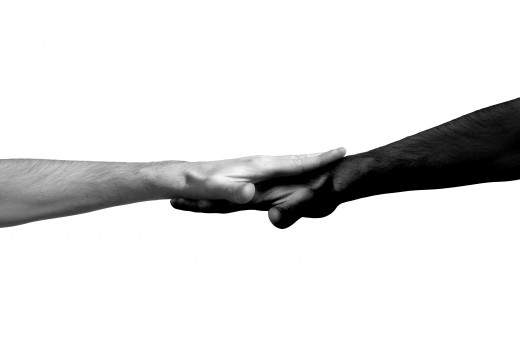
Racism Today in the U.S.
I’ve never been out of the Deep South very much, and for a long time, I assumed that racism was confined to my area of the nation. After becoming friends with several northerners, I learned that racism exists all over the U.S. Of course, some places are worse than others, and some individuals are worse than others.
I really don’t mean to paint the entire South with the odious brush of racism. Not everyone here practices racism, and not all racism takes place in the Deep South. I think as a whole, the U.S. is putting racism behind, and every generation becomes a little more “color blind.” I didn’t vote for Barack Obama in 2008, but I was encouraged that we, as a nation, were able to elect a black man as president. I love the USA and believe it’s the greatest nation on earth. I don’t, however, believe we can ever reach our full potential as a country or as a people until we can completely overcome racism, racial discrimination, and reverse racism.

